Case Study ABB: The SIAM journey to a global networked IT.
A field report from the SIAM Body of Knowledge co-Autor
Markus Müller, Blueponte Co-Founder and Corporate Information Systems GRC Experience Manager at ABB writes about the journey to global IT at ABB. A field report by the SIAM Body of Knowledge co-author, who combines practice with theory, as we like to practice at Blueponte.
Digitale Transformation has catalyzed ways of working.
The digital transformation has catalyzed a rewrite of the rules and changes in working methods. In the last two to three years, deficiencies in consistent IT work methods have also been uncovered in Austria. These shortcomings are gradually being remedied.
Existing, “pure” agile projects are now grounded in the facts. We keep seeing DevSecOps approached like a technology project. That is not the last word, because it is more about changing the corporate culture. Tactical successes are achieved in many places, but if they are not orchestrated as part of an end-to-end solution, they can restrict the supply of IT services and create additional costs and complexity for the organization. The focus has to be bigger and this is exactly where Service Integration and Management (SIAM) offers an answer to what is often simply referred to as “digitization”. A little more than a third of the top 25 companies for 2020 in the Gartner ranking have redefined their operating models in recent years. They did this to provide the required end-to-end ability to manage distributed services. Among them is the ABB Group, which I have been accompanying on the SIAM journey for six years now.
Improve collaboration between business organizations.
I focus in my work on how we can work better and how we can improve the cooperation between the different business organizations, which all have their own IT, and the global business IT organization. ABB’s IT has evolved from a centralized, more monolithic approach with a classic separation between infrastructure and applications to a flexible organization with a multi-sourcing approach and is now moving to federal governance.
In retrospect, I can now ask myself what I would have done differently with today’s knowledge six years ago when I started at ABB, when I accepted the assignment to set up a global SIAM organization.
I am very proud to have accompanied ABB on an exciting and instructive SIAM transformation journey over the past few years. And I am convinced that the company’s IT organization is perfectly positioned to take advantage of its new operating model. We built the IT organization on SIAM principles and practices, and although we are still in the transition phase, I can name several key key questions that need to be answered in order to embed the new ways of working in our daily work.
The factors of success.
The success factors include:
- Is there a vision for SIAM?
- How strong is the tower mentality or the silo thinking within the organization?
- Are there robust frameworks built on industry best practices?
- Is there enough maturity to build trusting relationships with suppliers?
- Does the organization value agile organizational changes?
- Is there a culture of collaborative thinking to drive the overall value proposition of IT?
- Does the organization have a history of iterative approaches to implementing SIAM competencies?
- What do contracts and cooperation agreements look like, is the organization used to dealing with formal guidelines?
- Is there a culture or ambition for what we call the end-to-end ownership mentality in SIAM?
If I think back to 2015 and try to answer these questions from the perspective of that time, it becomes clear in retrospect how big the challenge was, because apart from questions 1 and 5 there were no clear answers at that time. Taking on the challenge anyway made our personal SIAM trip at ABB even more interesting and appealing than SIAM projects already are.
These nine questions are the most important questions I would ask today before accepting a job as a leader in a SIAM organization.
In my next post, you can find out why this is the case, which will be online next week. Follow us on LinkedIn to not miss a blog entry.




